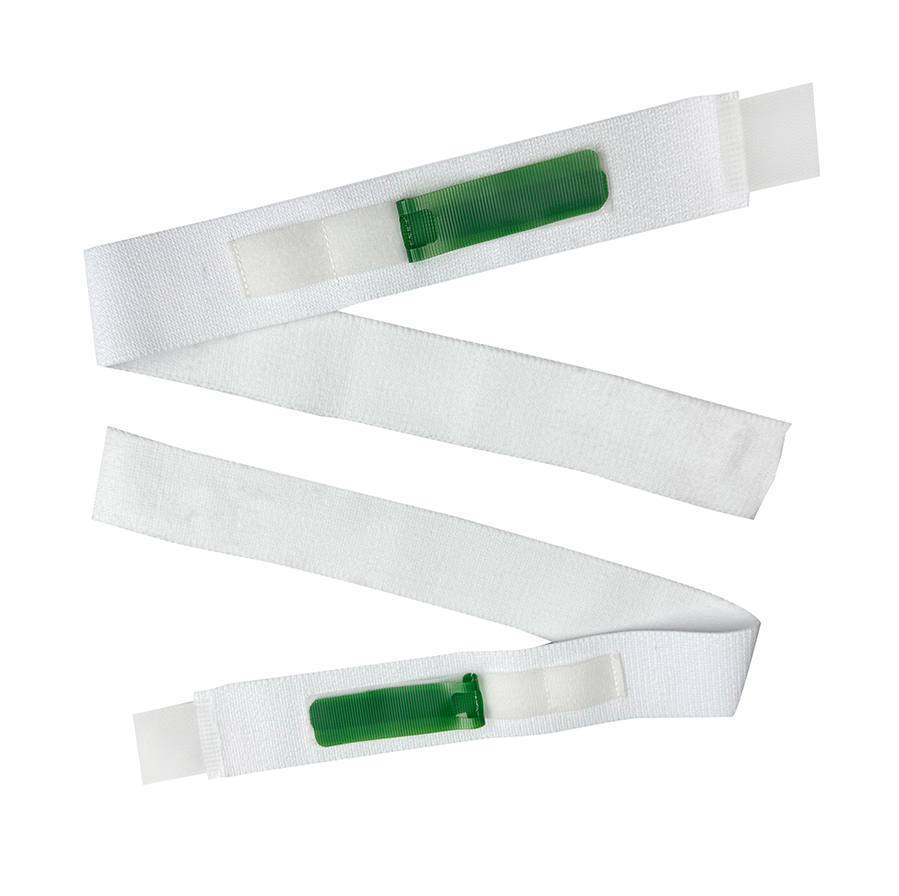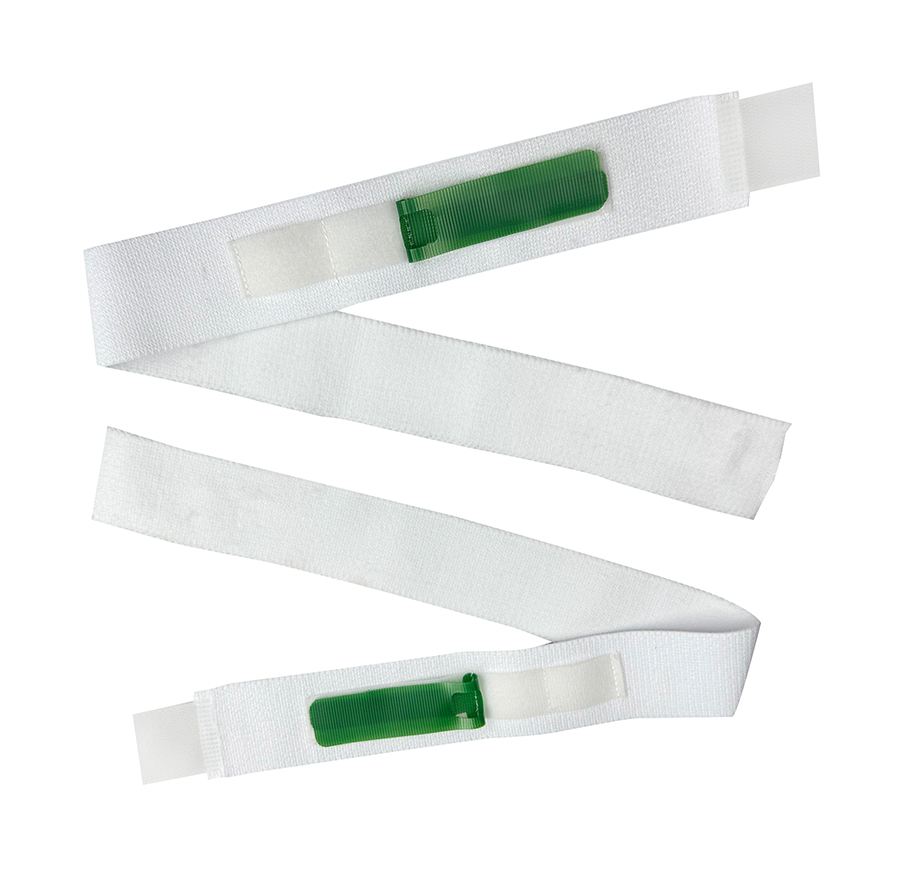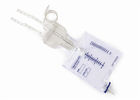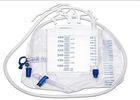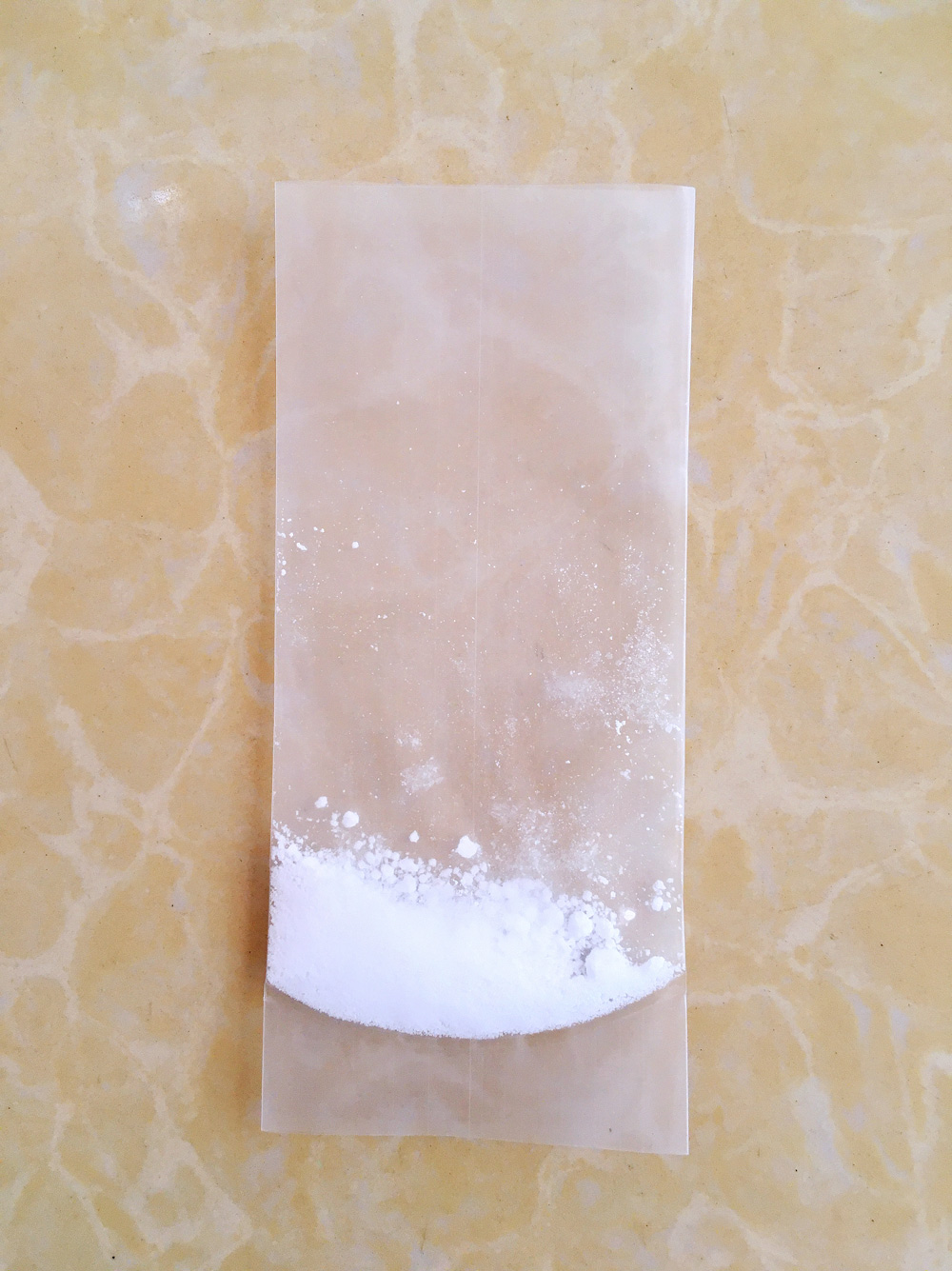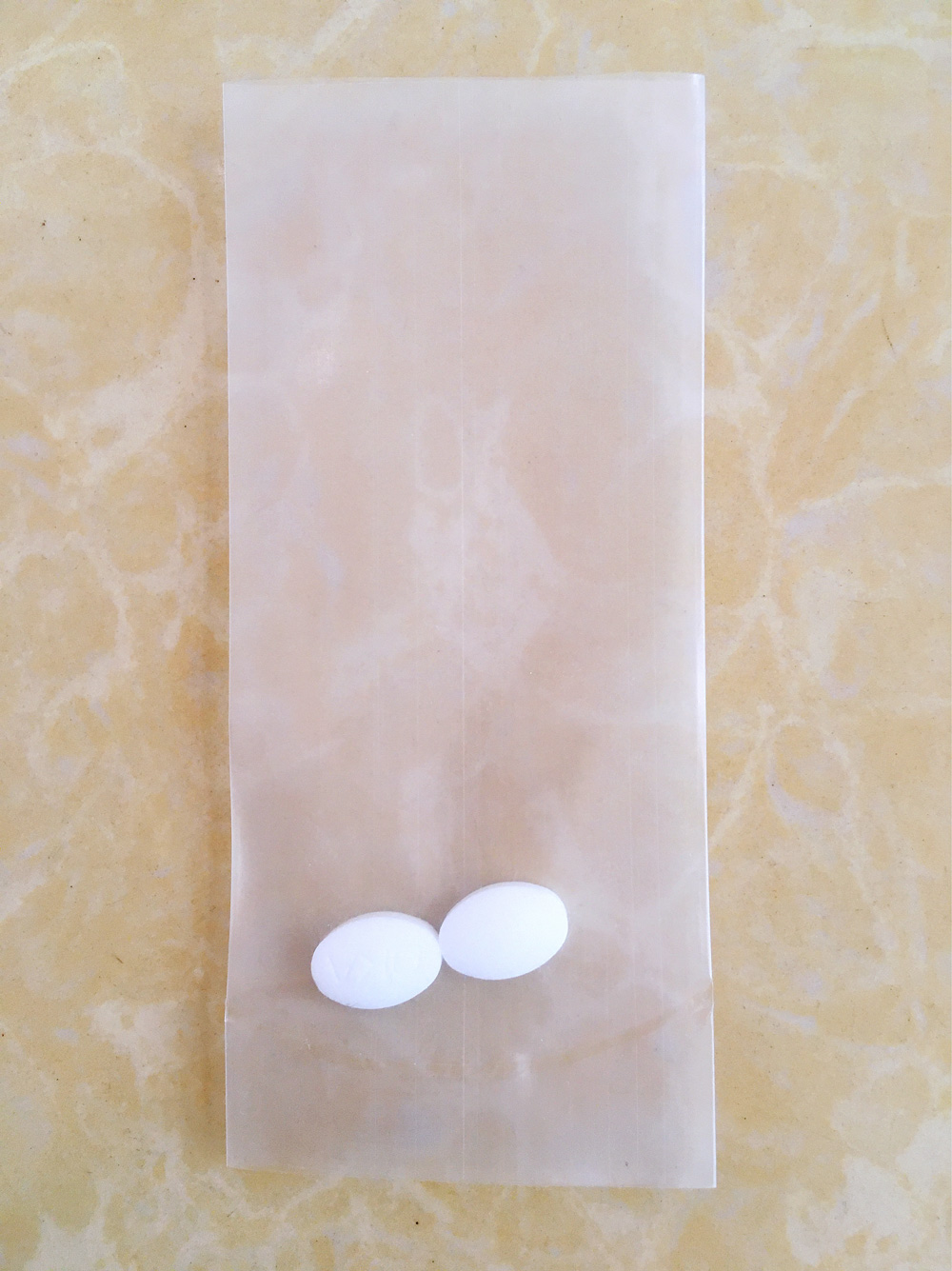A catheter leg strap for a Foley catheter is a medical device used to secure and stabilize the catheter in place to prevent it from becoming dislodged or causing discomfort due to movement. These straps are especially helpful for patients who have a Foley catheter in place for an extended period, as they reduce the risk of tension, trauma, and irritation on the urethra, bladder, and surrounding tissue.
Here’s a detailed overview of a catheter leg strap for a Foley catheter:
1. Purpose and Benefits:
Prevents accidental dislodgement: One of the primary functions of a catheter strap is to prevent the Foley catheter from being pulled out unintentionally, which can lead to pain, injury, or the need for reinsertion.
Reduces tension: The strap helps minimize any tugging or tension on the catheter, reducing the risk of discomfort, urethral trauma, or skin irritation at the catheter insertion site.
Improves comfort: By securing the catheter in a more stable position, it can prevent the catheter from pulling or shifting, making it more comfortable for the patient.
Promotes proper positioning: Ensures the catheter stays in the correct position to facilitate proper urine drainage and reduce the risk of blockage or kinking.
2. Design and Features:
Adjustable straps: Most catheter straps are adjustable to fit the patient's size and provide the right amount of tension. These straps are typically made from soft, breathable materials like fabric, Velcro, or a stretchy material to provide a comfortable yet secure hold.
Elastic bands or Velcro closures: Some straps are elastic and provide a snug fit around the thigh or abdomen, while others use Velcro fasteners to make them easy to apply and adjust.
Positioning: The strap typically holds the catheter against the thigh, abdomen, or pelvic area, depending on the patient's anatomy and the position of the catheter. It helps to anchor the catheter near the point where it exits the body.
Minimal pressure: The strap is designed to secure the catheter without exerting excessive pressure on the skin, helping to prevent skin irritation or pressure sores.
3. Types of Catheter Straps:
Thigh straps: These are straps that wrap around the thigh to secure the Foley catheter in place. They can be designed to keep the catheter in a horizontal position, reducing movement.
Abdominal straps: Some straps are designed to be worn around the abdomen or waist. This may be more appropriate if the catheter exit site is closer to the abdominal area.
Disposable or reusable options: Some straps are disposable, typically used for shorter-term catheterizations, while others are reusable, made of durable, washable materials for long-term use.
4. How to Use a Foley Catheter Strap:
Step 1: Position the catheter correctly, ensuring that the drainage bag is below the level of the bladder to prevent backflow of urine.
Step 2: Attach the catheter strap around the chosen area (thigh, abdomen, or other preferred site), adjusting it for comfort. The strap should hold the catheter firmly in place but should not be too tight to avoid restricting blood flow or causing skin irritation.
Step 3: Check periodically to ensure that the strap has not become too tight and that the catheter is still positioned correctly. Ensure the skin around the catheter is intact and free from irritation.
Step 4: If the catheter is secured with Velcro or an elastic band, remove it gently when the catheter needs to be repositioned or changed.
5. Considerations:
Comfort: Make sure the strap is not too tight or uncomfortable. If the strap feels too tight, it could cause pressure sores or skin breakdown, and if it’s too loose, it may not adequately prevent the catheter from moving.
Skin care: Always check the skin around the catheter insertion site and where the strap contacts the skin for signs of irritation, redness, or breakdown. Proper hygiene is essential to reduce the risk of infection.
Positioning of the catheter: It's important to follow proper technique for securing the Foley catheter, ensuring it remains in a position that allows for unobstructed urine flow and reduces the risk of kinking or blockage.
These straps are often used in hospital settings, but they can also be used by patients at home if they are undergoing long-term catheterization.
If you are considering using a catheter strap, make sure to consult with a healthcare provider to ensure the correct type and fit for the patient's individual needs and health conditions.
